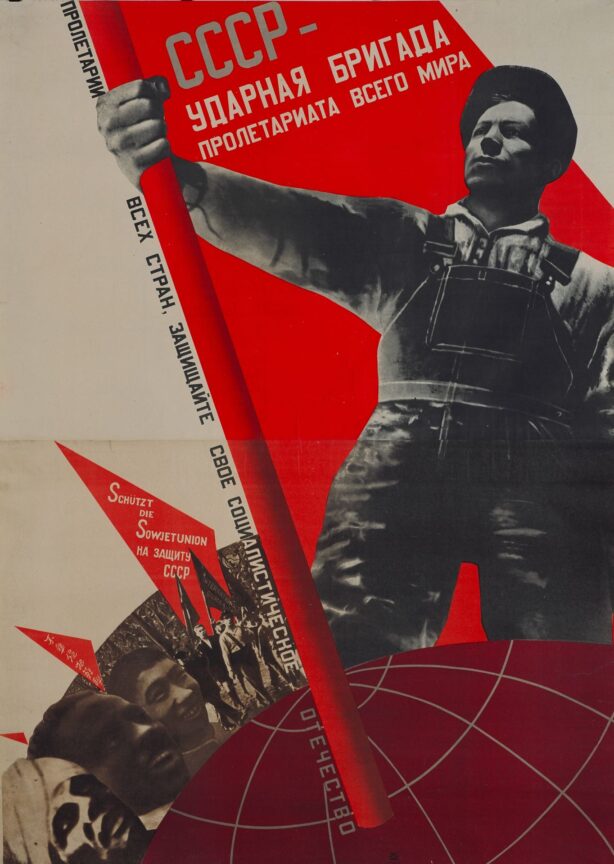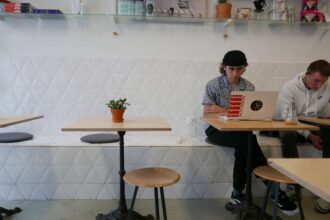RED. Art and utopia in the land of Soviets
The October revolution of 1917 led to an upheaval in the social order, the repercussions of which proved decisive in terms of artistic creativity. Many artists were committed to the communist cause and wanted to participate in the construction of the new society through their works. Led for the most part by genuine convictions, as with Mayakovsky, these artists held opposing ideas on what the art of socialism should be. From the end of the 1920s, such debates were silenced by the Stalinist regime.
This led to the gradual establishment of socialist realism, an aesthetic doctrine that came to govern all areas of creativity. Such debates were followed closely in capitalist countries: many artistic exchanges were established with the young Soviet Russia, which attracted intellectuals and artists curious to discover the «fatherland of socialism».
It is this story, with its tensions and its ups and downs, that the exhibition relates through a series of important works on loan from the major Russian museums and the Centre Pompidou; a history where material innovations and ideological constraints, inextricably linked, raise the question of a possible politicisation of the arts.
Exhibition organised by the Réunion des musées nationaux – Grand Palais Paris and the Centre Pompidou Musée national d’art moderne.
This exhibition is organized with the support of the Total Foundation.
Gustav KLUTSIS, L'URSS est la brigade de choc du prolétariat du monde entier, © Collection du musée national des Arts de Lettonie
March 20 - July 1, 2019
Galeries nationales




